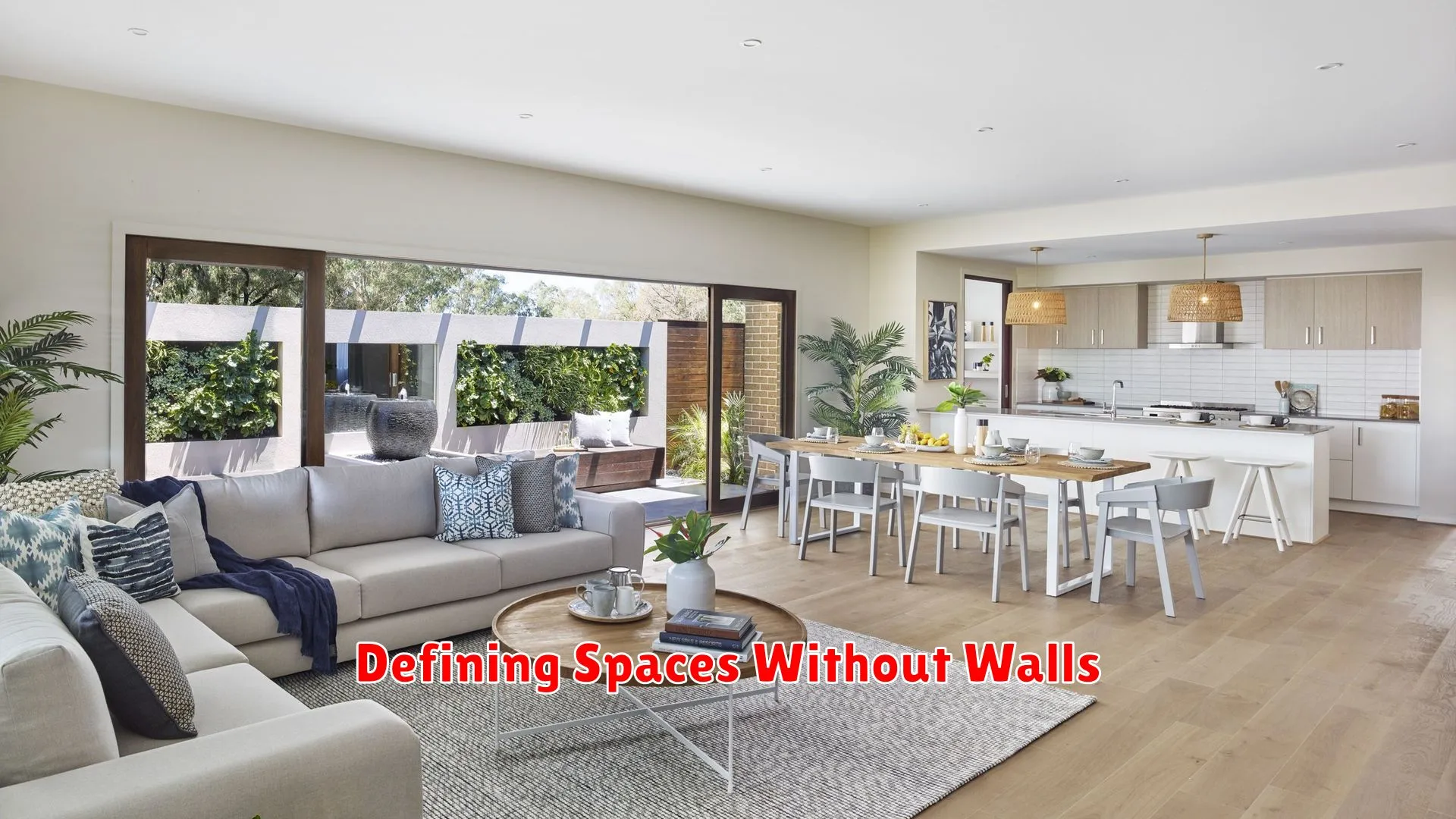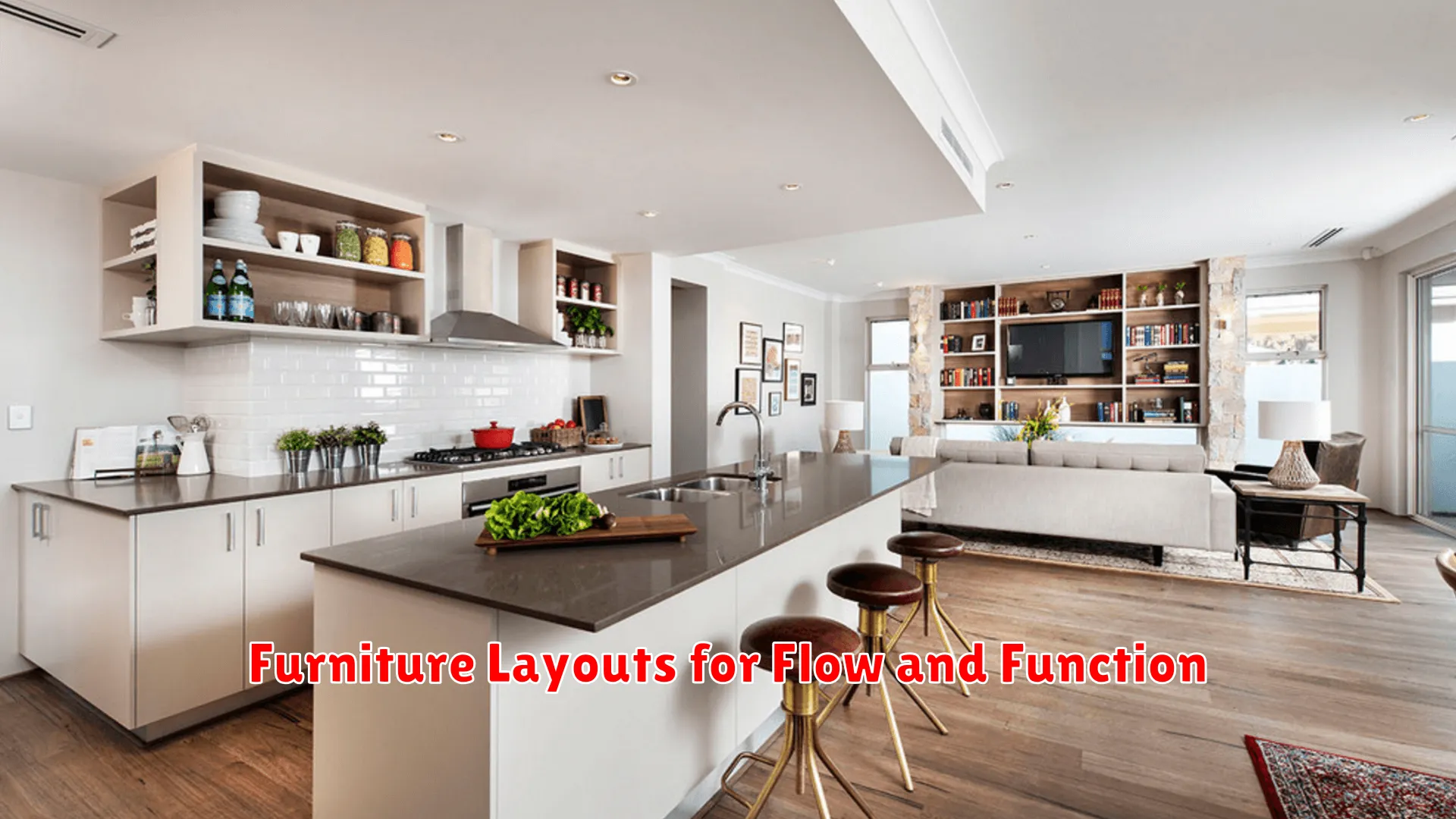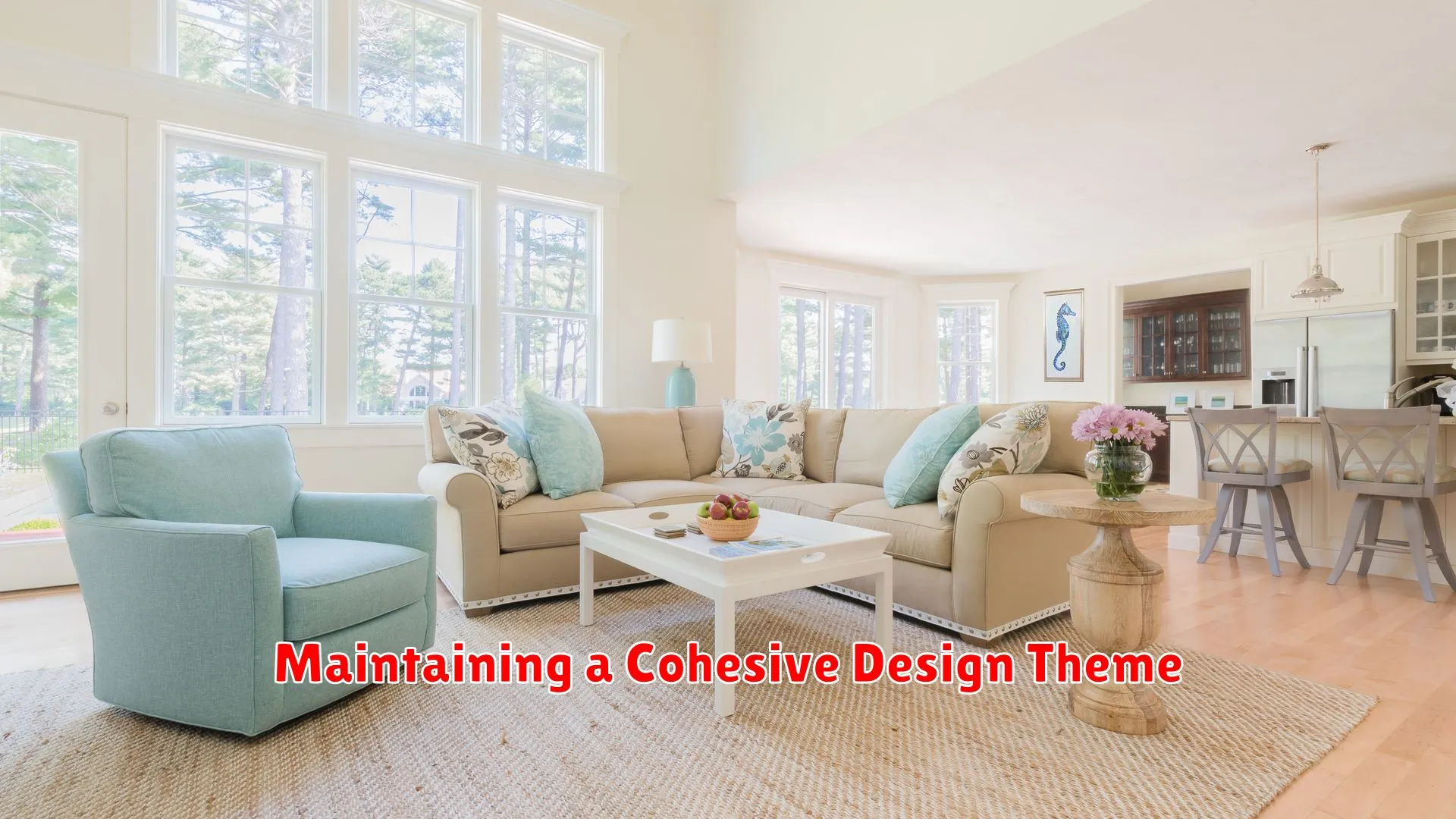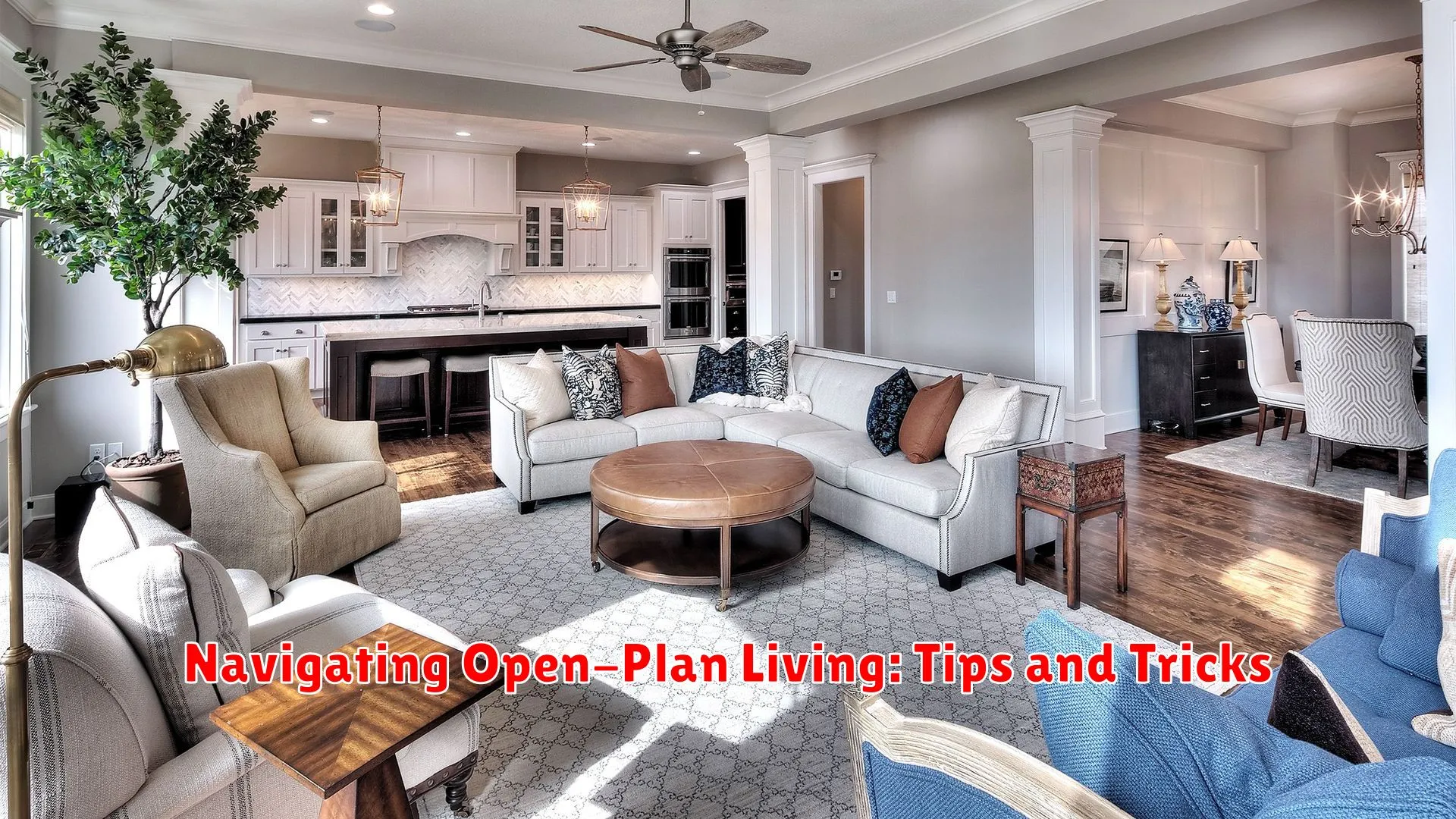Discover how to master the art of navigating open-plan living spaces with our expert tips and tricks. From optimizing layout designs to creating functional zones, we’ve got you covered for a seamless and stylish living experience.
Defining Spaces Without Walls

When it comes to navigating open-plan living spaces, one key aspect to consider is defining spaces without walls. In an open floor plan, creating designated areas for different activities while maintaining a sense of cohesion can greatly enhance the functionality and aesthetics of the space.
Furniture Arrangement
Strategic placement of furniture pieces can visually separate distinct areas within an open layout. Utilize rugs, bookshelves, or screens to delineate specific zones for living, dining, and working without the need for physical partitions.
Lighting Solutions
Lighting plays a crucial role in defining spaces within an open-plan setting. Use different lighting fixtures such as pendant lights or floor lamps to create ambiance and highlight individual areas within the larger space.
Color Palette
Employing a cohesive color palette throughout the open-plan area can tie together diverse spaces while allowing each area to maintain its unique identity. Consider using accent walls or color blocking to visually separate zones.
Functional Elements
Integrate functional elements like room dividers, shelving units, or curtains to provide privacy and define specific activity areas within the open space. These features can also add visual interest and depth to the room.
Furniture Layouts for Flow and Function

When navigating an open-plan living space, it’s essential to consider how you arrange your furniture for both flow and function. The layout of your furniture can greatly impact the overall feel and usability of the space. Here are some tips and tricks to help you make the most of your open-plan living area:
1. Define Different Zones
Use your furniture to create distinct zones within the open space. This can be achieved by positioning furniture strategically to designate areas for different activities like lounging, dining, or working. Consider using rugs, bookshelves, or art pieces to visually separate these zones.
2. Consider Traffic Flow
Ensure that there is enough space to move around comfortably within the room. Arrange your furniture in a way that promotes easy navigation and doesn’t impede the natural flow of movement. Avoid blocking pathways with large pieces of furniture.
3. Opt for Multi-Functional Pieces
Maximize functionality in your open-plan living area by choosing multi-functional furniture pieces. Items like ottomans with storage, extendable dining tables, or nesting coffee tables can help you save space and adapt to different needs.
4. Create Balance
Achieve visual harmony in your space by balancing the arrangement of furniture. Distribute the visual weight evenly throughout the room by mixing different sizes and shapes of furniture pieces. This will create a more cohesive and inviting atmosphere.
5. Play with Scale
Experiment with scale and proportion when placing furniture in an open-plan layout. Mix larger statement pieces with smaller accents to add interest and depth to the room. Don’t be afraid to try unconventional arrangements for a unique look.
Maintaining a Cohesive Design Theme

When navigating open-plan living spaces, maintaining a cohesive design theme is essential to create a harmonious and visually appealing environment. Here are some tips and tricks to help you achieve this:
1. Color Palette Consistency
Choose a consistent color palette that flows seamlessly throughout the open-plan area. Ensure that the colors complement each other and create a cohesive look. Consider using accent colors strategically to add visual interest without overwhelming the space.
2. Furniture Coordination
Coordinate your furniture pieces to create a unified look. Select pieces that complement each other in style, scale, and material. Mixing different furniture styles can work well, but ensure there is a common element that ties the pieces together.
3. Defined Zones
Define separate zones within the open-plan space for different functions, such as living, dining, and workspace areas. Use rugs, lighting, or furniture arrangement to delineate these zones while maintaining a cohesive design theme across all areas.
4. Flow and Connectivity
Consider the flow and connectivity between different areas within the open-plan layout. Ensure there is a seamless transition from one zone to another, both visually and functionally. Create visual pathways that guide the eye through the space harmoniously.
5. Texture and Layers
Incorporate a variety of textures and layers to add depth and visual interest to the design. Mix different materials such as wood, metal, and fabric to create a dynamic and cohesive look. Play with contrasts to make the space visually engaging.
Conclusion
In conclusion, mastering clever furniture arrangements and incorporating room dividers are key strategies in optimizing open-plan living spaces for functionality and style.




